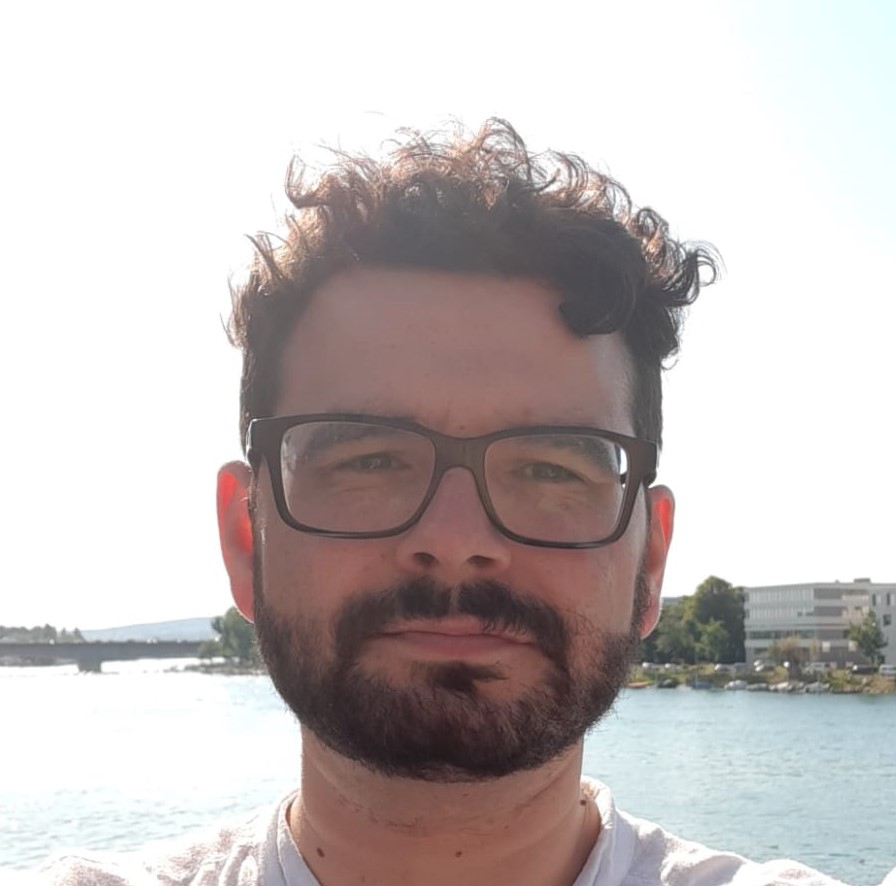
We welcome Gruia Bãdescu to the Zukunftskolleg
Gruia Bãdescu is one of five new Research Fellows from the 14th call for applications. He has started his fellowship on 1 July and is affiliated with the Department of History and Sociology.
Gruia did his PhD at the Centre for Urban Conflicts Research in the Department of Architecture at the University of Cambridge, UK. Before coming to Konstanz, he was a Departmental Lecturer and a Research Associate at the University of Oxford. Moreover, he has been a fellow of the Center for Advanced Studies (CAS) Southeastern Europe at the University of Rijeka and a visiting lecturer at SNSPA Bucharest. His research has centered on the relationship between reconfigurations of urban space and processes of dealing with the past in Southeastern Europe, also in dialogue with other regions, specifically South America and the Middle East. His publications have examined urban memory in post-war and post-authoritarian contexts. He is currently completing a book on post-war reconstruction and dealing with the past.
“Until December 2021, I will also be an Alexander von Humboldt postdoctoral fellow in Konstanz, working with Jan and Aleida Assmann as part of the Balzan-Prize ‘Reconstructing Memory in the City’ research group”, states Gruia.
“My research project at the Zukuftskolleg examines how urban imaginaries - the way that urban actors understand what a city is - are shaped and reconfigured after historical ruptures, such as end of empire, the aftermath of war, and transition from dictatorship. I analyze the relationship between urban imaginaries, city-making in spatial-architectural terms, and economic and political processes. The project focuses on the historical experiences of cities that identify with two particular urban imaginaries, related to understandings of cosmopolitanism and modernity. First, it examines post-imperial cities in Europe such as Sarajevo where the dominant imaginary is one of being cosmopolitan places of diversity, but which have in fact experienced different forms of conflict, population change, and exclusions. Second, it discusses, how a particular form of urban modernity - the imaginary of Paris, which Harvey (2004) deemed the “capital of the nineteenth century” - was embraced by three cities in different geographical contexts - a “Paris of the Middle East” (Beirut), “Paris of the Balkans” (Bucharest), and “Paris of Latin America” (Buenos Aires) - and how this imaginary morphed during war, dictatorship, and neoliberal transitions.”
